Titanoboa tops the list of largest snakes, weighing over a ton and measuring 13 m in length.
Reticulated python (9.9 m)
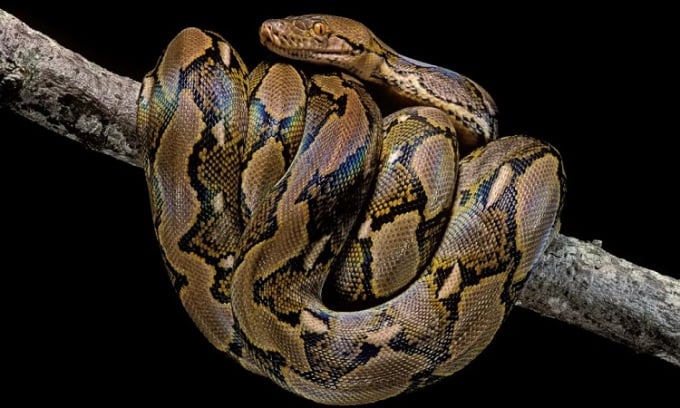
The reticulated python is the longest snake species alive today. Photo: Paul Starosta
Native to South Asia, the reticulated python ( Malayopython reticulatus ), easily recognizable by its repeating diamond-shaped pattern, is the longest snake on Earth today. Records from 1912 mention a captured reticulated python measuring 10 meters (33 ft) long, the length of a school bus, though this figure is difficult to verify. According to the British Natural History Museum, reticulated pythons typically grow to more than 6.25 meters (20 ft) long. The longest reticulated python in captivity is 7.7 meters (25 ft), according to Guinness World Records.
The size and erratic nature of reticulated pythons sometimes threatens human life. In 2018, authorities found the body of an Indonesian woman inside the belly of a reticulated python. Like many other python species, females coil around their egg nests and rhythmically twitch their muscles to generate heat to warm their young, increasing their chances of survival.
Green Anaconda (10 m)
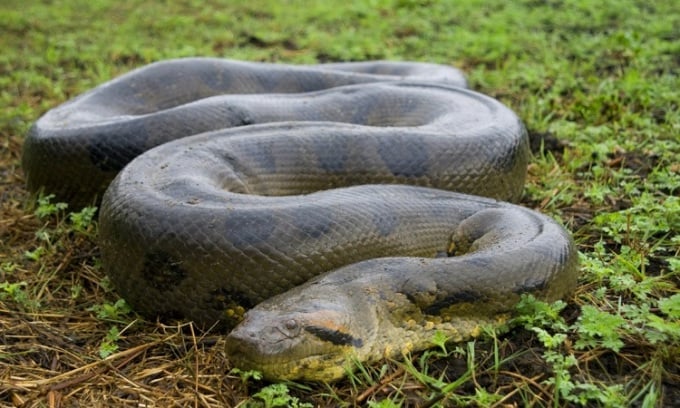
The green anaconda can weigh 250 kg. Photo: National Geographic
The green anaconda ( Eunectes murinus ) slithers silently through the swamps and streams of the Amazon, where it can live long enough to reach more than 30 feet in length. It is the heaviest snake on Earth today, with some individuals weighing up to 550 pounds, according to the Smithsonian National Zoo and Conservation Biology Institute.
These snakes use their massive bodies to squeeze prey like capybaras, caimans, and deer to death. There is no official record for the largest green anaconda, but in 2016, construction workers in Brazil encountered one estimated to be 10 meters long and 399 kg. According to Patrick Campbell, curator at the Natural History Museum in London, the mass of muscle in the snake’s body wraps around its prey, causing a heart attack, stopping the heart and blood circulation. This immobilizes the prey for a long time, giving the green anaconda time to swallow it whole, often head first.
Gigantophis garstini (9.8 m)
G. garstini is a giant monster that lived 40 million years ago. Researchers estimate it was 7-10 meters long. This constrictor, discovered in Egypt in 1901, could coil around prey as large as the ancestors of early elephants and swallow it whole. Scientists discovered that Gigantophis is related to another extinct giant, Madtsoia, from India, proving that giant snakes were once widespread throughout Asia.
Palaeophis colossaeus (12 m)
P. colossaeus was a sea snake that lived in the ancient ocean that once covered parts of North Africa 100 million years ago. When its fossilized skeleton was discovered in the Sahara Desert, researchers calculated from specimens collected later during field trips in 1999 and 2003 that the species could have grown to more than 12 meters (40 feet), according to a paper published in the journal Acta Palaeontologica Polonica. That makes P. colossaeus the longest sea snake ever found. Based on the skeleton, the researchers determined its mouth was large enough to swallow small whales.
Titanoboa cerrejonensis (13 m)
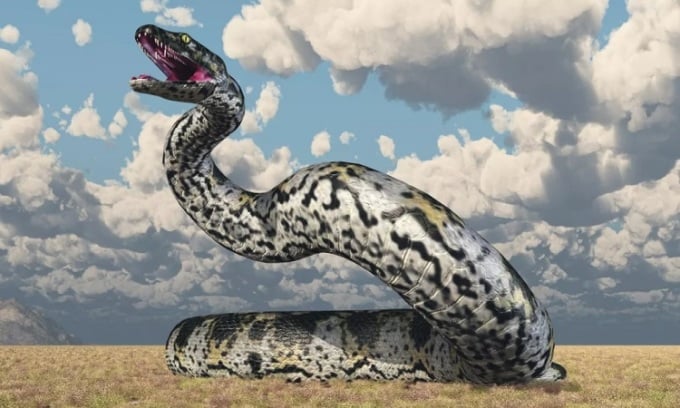
Titanoboa could be as big as the T-Rex. Photo: MR1805
As big as a Tyrannosaurus Rex, Titanoboa once roamed the rainforests and rivers of South America. It was the largest snake that ever lived. Dating back 60 million years, Titanoboa was a prehistoric ancestor of today's anaconda. Its 250 vertebrae made up a 45-foot-long skeleton. It grew by eating crocodiles and river fish. Titanoboa weighed an estimated 2,500 pounds, according to Indiana University. Fossils of the species were discovered in the early 2000s in the Cerrejón Formation of Colombia.
An Khang (According to Live Science )
Source link



![[Photo] Immerse yourself in the colorful musical world of “Secret Garden Live in Vietnam”](https://vphoto.vietnam.vn/thumb/1200x675/vietnam/resource/IMAGE/2025/10/18/1760805978427_ndo_br_thiet-ke-chua-co-ten-41-png.webp)
![[Photo] Collecting waste, sowing green seeds](https://vphoto.vietnam.vn/thumb/1200x675/vietnam/resource/IMAGE/2025/10/18/1760786475497_ndo_br_1-jpg.webp)
![[Photo] General Secretary To Lam attends the 95th Anniversary of the Party Central Office's Traditional Day](https://vphoto.vietnam.vn/thumb/1200x675/vietnam/resource/IMAGE/2025/10/18/1760784671836_a1-bnd-4476-1940-jpg.webp)
![[Photo] Closing ceremony of the 18th Congress of Hanoi Party Committee](https://vphoto.vietnam.vn/thumb/1200x675/vietnam/resource/IMAGE/2025/10/17/1760704850107_ndo_br_1-jpg.webp)







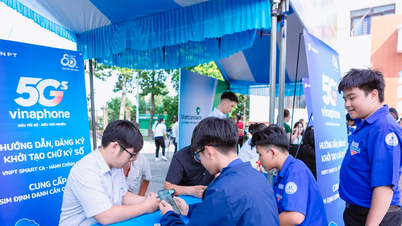


















































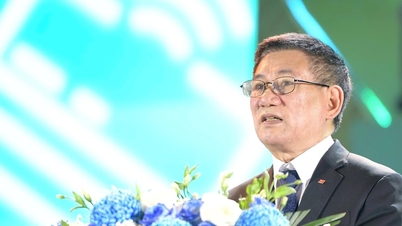


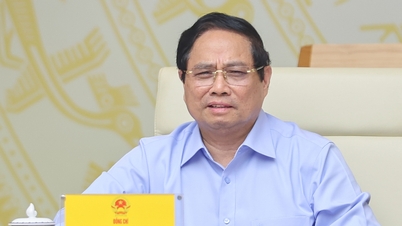
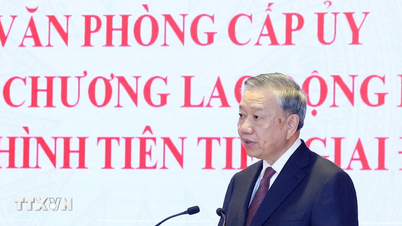









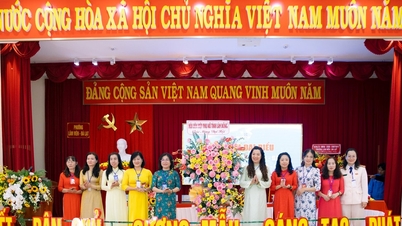





















Comment (0)